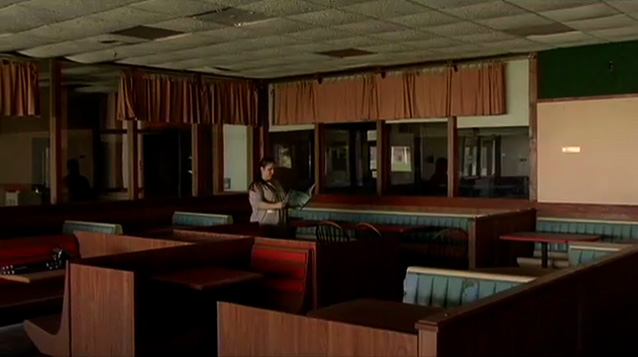Tokion Creativity Now Conference

Tokion Magazine held a conference this past weekend called Creativity Now. Carol Tan Chung attended Saturday's sessions. Here's her report:
Tokion second annual Creativity Now conference: Not as good as it could be, but hope remains as correlations between multiple disciplines can be distinguished.
What is creativity? How is it possible to discuss such a topic when each artist has his or her methodology? Tokion magazine sought to explore this topic with its second annual Creativity Now conference. Held at the prestigious, yet pillar encumbered, Great Hall at Cooper Union in New York City, the conference brought together prominent figures in art, design, music, photography, film, and political marketing. Each panel engages in a one hour-long discussion about their industry, past work, and current projects. The purpose of this conference was to “exchange ideas, methods, and inspirations,” as was indicated in the program guide. However, much of it ended up being chance for guests to talk about past work, current work, and comments along the lines of “oh don’t forget to check out my new exhibition that opens up next week.” Perhaps this is being too critical of the speakers. Most of the responsibility for the content discussed falls upon the moderators, who should have a clearer understanding than the panelists of what the conference is about as a whole and be able to direct the content of each discussion in order to present a larger perspective, as the title suggest, on where creativity is now. However, hope remains and I think that there’s a lot of potential for this conference despite the moderators, and despite the technical difficulties of video conferencing (which was rather humorous as times). Over all Saturday’s panel discussions went well and correlations on creativity can be made across multiple disciplines.
One of the interesting points was seeing how much daily life as a surrounding environment is incorporated within the artist’s work. Many of the panelists draw upon their daily lives, whether it be their lovers, friends, family, or even skateboarding, as the content. There seems to also be more concern as to how the spectator plays an integral part in the work. For some of the panelists, it is important to get the public involved. For example, Nick Knight’s website SHOWStudio, presented by editor-in-chief Penny Martin, showcases the process and energy of creating fashion. They recognized that glossed over fashion photography is unable to covey the emotion or activity inherent in the work and that those aspects of the fashion industry can be communicated through webcasts. They engage the public all over the world by allowing people direct interaction with website.
Some not so high points were the panel discussions, Skateboarding’s Influence on Popular Culture and Art Direction in Fashion. The latter was rather rushed, so the panelists didn’t get to generate much of a dialogue between them. Also, due to poor communication, M/M Paris had thought they were speaking about the future of cinematography four months ago, only to be corrected 2 days before the conference that they were supposed to speak about fashion. Needless to say, their contribution ended up being a display of some of their recent work, with little relevance to topic. The discussion panel on skateboarding didn’t really go into depth as the title suggested. It was mostly showcasing current and past projects. I don’t think a lot of fault can be placed on the moderator Ryan McGinness, who was the better of the two. He tried to steer the conversation, but it just didn’t quite get there. Perhaps it was the one sided assortment of panelists who claim to be more on the grassroots side of the skateboarding world. They gave little credit to the surge of skateboarding’s popularity and influence, stating that skateboarding popularity has a cyclical lifecycle and that this current trend will pass. Regardless of how they may scorn huge publicity like the X-Games, they fail to notice that these mass generalized perceptions of their world feed into the youth culture of future skateboarders.
Now to get back to the good stuff! The highlight of the day was hearing the opinions of Eye Yamataka, who creates art infused music, and Christopher Doyle, who has done the cinematography for Wong Kar Wai and Zhang Yi-mou. Both did video broadcasting from the other side of the globe. Eye was more communicable, reserved, and working through a translator. Doyle was boisterous, loud, charismatic, and interruptive. Of course it was in good spirit all throughout with choice of poison in hand. I think Doyle was rather frustrated with the 20 second delay of the video conferencing. It was apparent that he really wanted to be more involved in the conversation. Eye said something in regards to how every music venue matters. Each has its own musical element to it. His goal as a performer is to become harmonious with that environment. Eye’s statement reminded me of Doyle. He had stated that creating a scene was like being a choreographer. Each element needed to correspond to the other, like music. I thought it was funny how these two different personalities, working in two different fields, could have similar perspectives on the importance of creating harmony: one working to become one with his environment and another trying to portray or capture harmony on film. The Creativity Now conference showed an interaction between the environment and the creator, not so much as in reportage, but as an open dialogue between the two.












